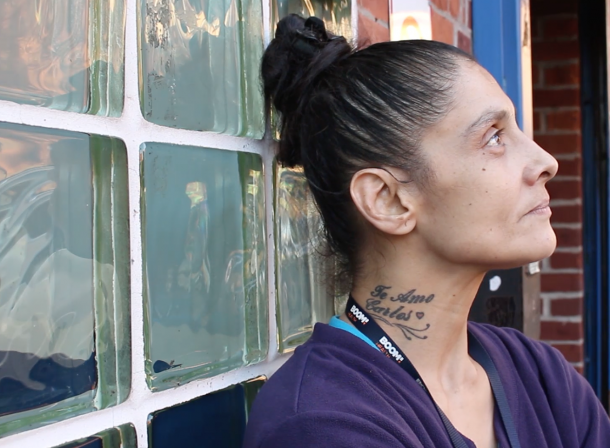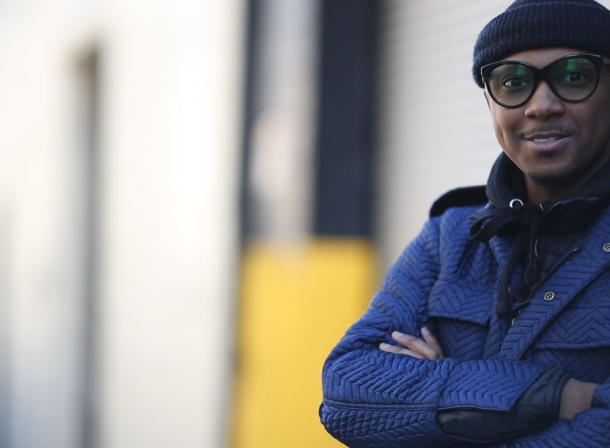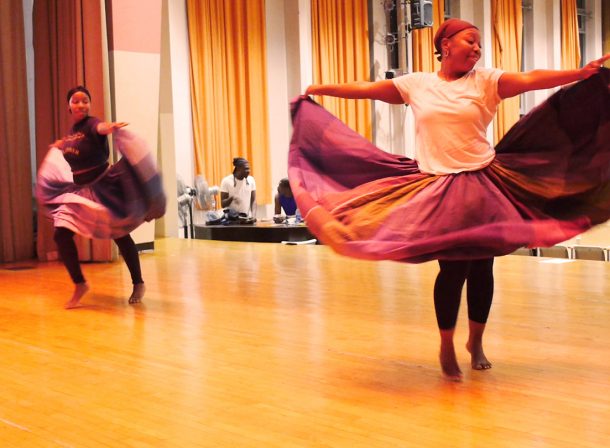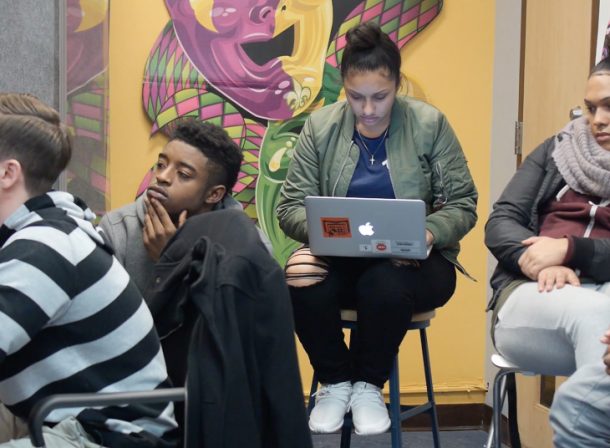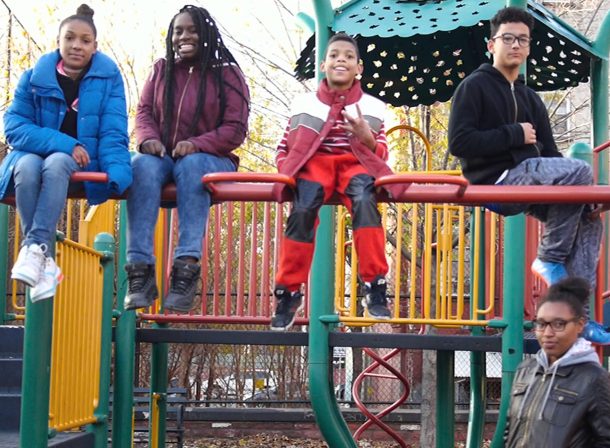With rent hikes and property prices soaring faster than most New Yorkers can keep up with, the South Bronx is becoming an attractive and affordable place to live.
Despite the neighborhood’s rough reputation and ongoing struggles with crime and poverty, the typical signs of gentrification have begun to appear in Port Morris and Mott Haven – high-end coffee shops, art galleries and luxury apartments. Newcomers are starting to flock to the neighborhood, including many college graduates and artists priced out of the other boroughs. It is a common cycle of gentrification, first young professionals and artists arrive, then developers follow. Residents of South Bronx neighborhoods, Mott Haven and Port Morris are beginning to see this reality play out in their neighborhood.
In 2015, developer Keith Rubenstein announced that his real estate firm Somerset Partners had purchased 5 acres of industrial space in the South Bronx, along Lincoln Avenue and Third Avenue. He announced plans to convert this stretch into approximately 1,600 rental units, along with retail space and a waterfront promenade. Rubenstein also supported a number of local business owners in the South Bronx, including Jerome LaMaar. A long lost Bronx native, LaMaar returned to the borough to set up the area’s first luxury boutique concept store, 9J, located on Bruckner Boulevard.
Rubenstein's development plan has received mixed reviews from the community. Some are hopeful the new development will positively impact the South Bronx’s future and reputation. Others express concerns that gentrification will lead to displacement of long-time residents. Some local activists have criticized Rubenstein and other developers for failing to consider the community’s interests and needs. Other critics wonder whether gentrification will allow the neighborhood to preserve its unique culture and heritage.
By Anisa Purbasari

